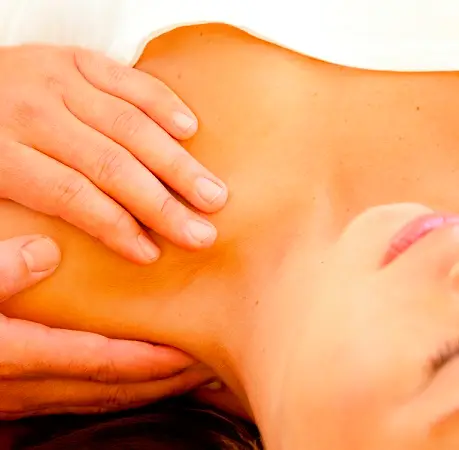
There are four basic laws that Osteopathic Manual Practitioners use to properly and effectively treat your body.
1. Structure governs function
2. The rule of the artery is absolute
3. The functional unit of the body
4. The normal inherent auto-regulation of the body
Concept 1: Structure govern function
When Osteopaths speak to “the structure”, they are referring to all of the parts of a person's body, such as the bones, viscera, muscle, tissue, etc. The first concept Structure governs function, states that there is a basic interdependence between the structure of the body and its function. In other words, the structure provides the function.
For example, the bicep is a muscle with two muscle bellies, which means it acts like a double pulley to bend your arm at the elbow. This movement is called elbow flexion and is the normal physiological movement of the arm. But, what happens when the bicep becomes rigid, thus changing its structure from flat to ball like? Well, the bicep will loses range of motion and flexibility because of its shape, thus the patient cannot flex his or her arm fully. The more the structure becomes altered through stress, trauma, overuse and fatigue, the more the function will be altered to become abnormal, but still functional with poor biomechanics.
The opposite holds true where function governs the structure. For example regarding the bicep, if the shoulder blade is constantly being pulled up, the bicep will also continually be pulled and in result will stay in a shorten state to protect the biceps from being torn. Here the limited function and range of motion leads to the muscle becoming more like a ball and rigid.
When you are treated by an Osteopathic Manual Practitioner, they use this first concept to look for normality of the body and the potential rigidity of an area. This way of viewing the body helps practitioners find the cause of the problem.
Stay tuned for Part Two of The Four Concepts of Osteopathy.
